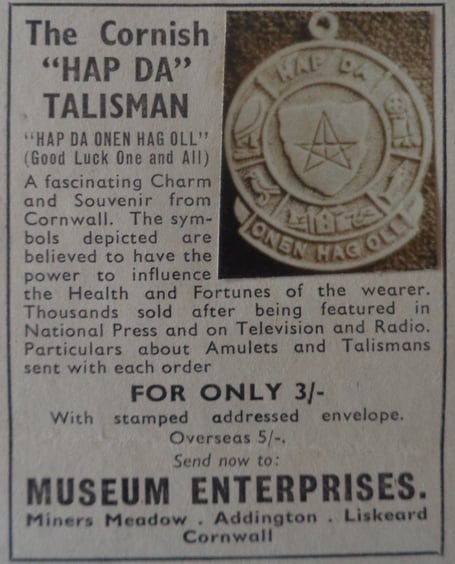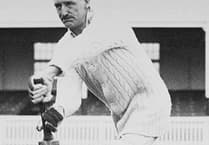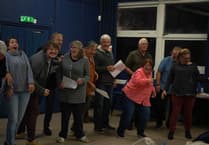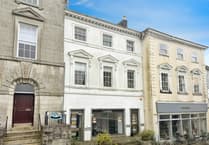STORED in Liskeard & District Museum is a talisman, or lucky charm. It’s called the ‘Hap Da’, which is the Cornish for good luck.
On the talisman are five iconic images of Cornwall: a mine engine house, an ancient stone cross, a chough, a quoit and a pilchard. Together they surround the five-pointed star and the Celtic mystic sign. Thousands were sold at three shillings each after it featured in the National Press, and on the radio and television in the 1960s.
The person behind the extensive advertising campaign was Callington born William Henry Paynter, a Cornish Bard with the name ‘Whyler Pystry’, or ‘Searcher out of Witchcraft’.
Mr Paynter wrote extensively, and broadcast on the BBC, about Cornish folklore, and was curator of his own museum in Lower Street, East Looe, named ‘The Cornish Folklore Museum and Crafts Exhibition’.
Mr Paynter offered the ‘Hap Da’ with ‘every confidence in the authenticity of the symbols depicted and their alleged power to influence the health and fortunes of the wearer’.
Born and married in Callington, Mr Paynter moved to Liskeard in the early 1940s with his wife Doris and daughter Anne.
As well as working in the Caunter solicitors’ practise on the Parade, and travelling across Cornwall in search of tales of witchcraft, ghosts, charms and folklore, he was heavily involved in Liskeard’s social activities.
Mr Paynter was secretary, a performer and playwright with the Liskeard Drama Group, and an active member of Liskeard Old Cornwall Society, being their president in 1971 and 1972. He also became archivist for the Borough of Liskeard in the 1950s and was their deputy mayor in the 1960s.
By Brian Oldham, Liskeard Museum volunteer and Bard of the Gorsedh Kernow





Comments
This article has no comments yet. Be the first to leave a comment.